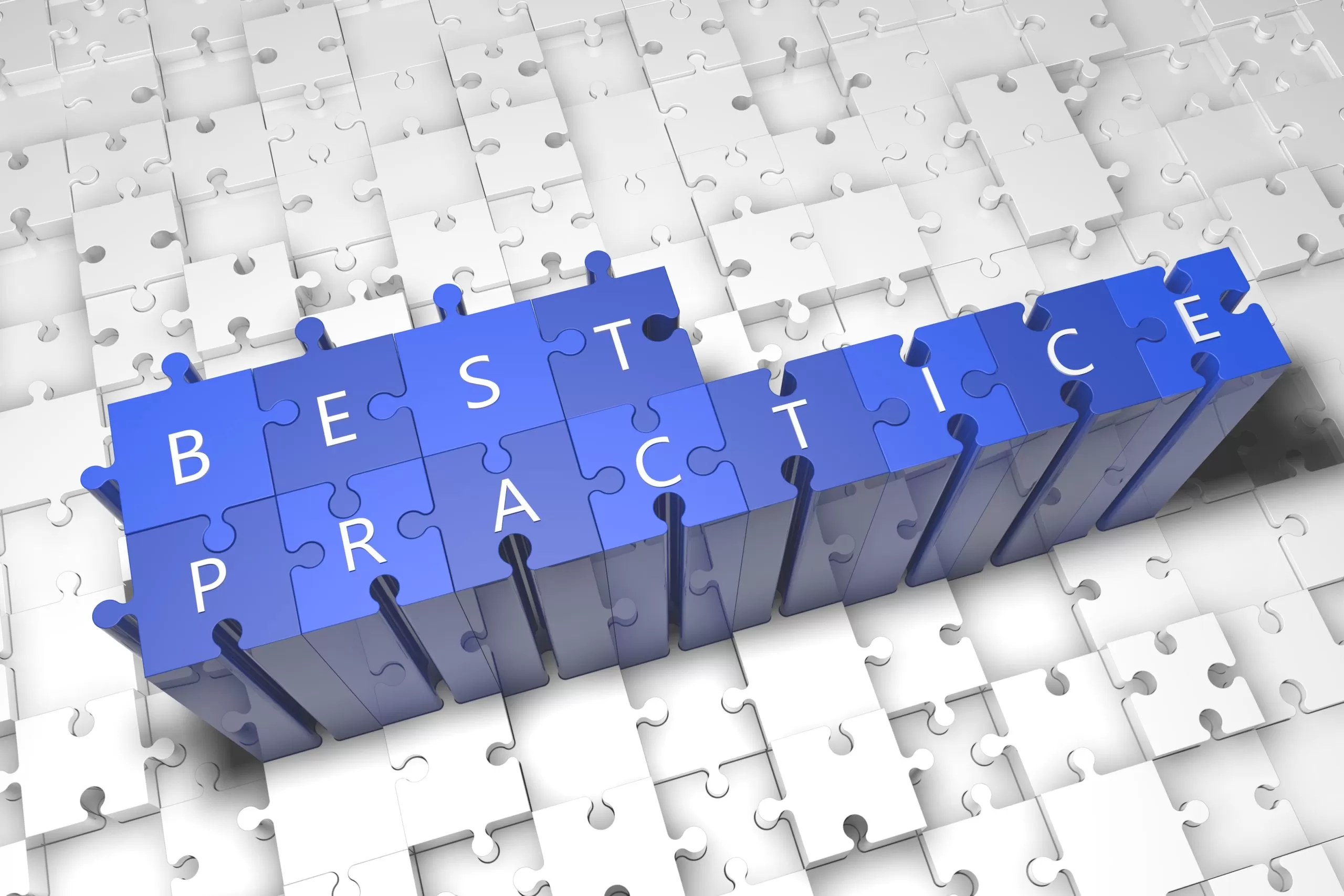While many companies have gotten on board with current HR systems, some workplaces still manage key functions of HR using messy and disconnected systems with manual and electronic counterparts. If you are using sticky notes, spreadsheets, and paper documents to organize employee information and communicate schedules, an HR system may be of great benefit to your organization.
Features of HR Systems
The HR systems of today are making it possible to pick and choose the features you need. In order to select the best features, however, it is imperative to understand what is out there.
The following are features that are available with most HR systems, but companies may be able to select and utilize as many or as few features as needed:
- HR Information Database – The employee information database is at the heart of an HR system. HR systems can eliminate or reduce the need for hard-copy employee files, keeping all of the information very organized and easy to access in a virtual filing cabinet.
- Payroll Systems – Having an HR system allows an organization to keep employee data integrated with payroll data, which can be very helpful when it comes to making changes in pay, scheduling, and keeping track of employee hours.
- Employee Self-Service – Many companies find employee self-service to be an invaluable feature of HR systems. Employee self-service may allow employees to view and make changes to their information, submit time-off requests, communicate with peers and HR professionals, and view their schedule information. Self-service portals are often accessible through any mobile device, increasing convenience and timeliness for employees and managers.
- Performance Reviews – Paper performance appraisals can be a hassle and are somewhat limited in scope and effectiveness. When performance management is done using an HR system, performance information is collected on a continual basis. Managers can tap into this information directly from the system without having to dig through paperwork and even fill out appraisal forms directly in the system.
- Benefits Administration – Benefits open enrollment times can be confusing and hectic. You can cut on the confusion and wasted time by investing in an HR system that offers benefits administration. This feature walks employees through enrollment, simplifying the steps and explaining aspects of policies that may be unclear. Benefits administration features often make it very simple for employees to make changes to benefits when life changes occur, as well.
- Recruiting and Onboarding Options – Recruiting and onboarding are integral parts of human resources management but can be time-consuming. HR systems let you post job postings on social media and company websites, simplify the application process, filter applicants by qualifications, and even transfer information into employee files when hiring decisions have been made.
Benefits of HR Systems
Performing a complete overhaul of existing HR systems can be a good move if your processes are still done manually via a mix of manual and electronic systems. When you shift to a system that connects all main HR functions and makes them accessible from one place, you’ll also save labor hours. It may be worth spending some time and money to switch to a streamlined system in a case like this.
If you have systems currently in place that are working well, you can still benefit from the individual features listed below:
- Electronic Employee Database – Storing information electronically improves efficiency in recording and finding information. This can be a substantial benefit for companies who consistently lose or misplace information in large filing cabinets. Electronic data can also be analyzed for strategic purposes and better secured against breaches.
- Automated Payroll System – An electronic payroll system can save a company the trouble of outsourcing this task and give it more control over payroll information. At the very least, it makes sense to link in-house payroll features directly to employee information and time/attendance tracking software. This reduces the risk of calculation errors greatly and makes paydays easier.
- Self-Service Portals – Self-service portals streamline communication and approval processes, saving HR professionals time while reducing the likelihood of errors or communication gaps. When you allow employees to access and have some degree of control over their own information, it can boost feelings of empowerment and engagement. If scheduling features are included as part of self-service, it can be instrumental in correcting and avoiding many different types of scheduling issues and conflicts.
- Performance Management – Performance management features capture performance information continuously and summarize this information. These features allow managers to obtain a more complete picture of each employee’s strengths and skill gaps. Management can then use this information strategically to prepare training and provide regular feedback accordingly. They may also use it for annual reviews and pay increases.
- Benefits Management – Allowing employees to manage their own benefits using an HR system can save valuable labor hours and increase employees’ understanding of their own benefits and options. Automating benefits enrollment and management can also reduce the likelihood of non-compliance violations, which may save money in penalties and preserve the company’s reputation.
- Recruiting Systems – HR systems can save companies tremendous amounts of time and ensure that the best employee candidates are hired. HR systems can immediately raise hiring standards by tapping into a larger candidate pool and allowing top talent to apply easily. Connecting recruiting systems to the employee database can even make it simple to convert application information into an employee file once hiring decisions have been made.
How Can HR Systems Benefit Your Business?
For companies that have operated successfully without HR software, obtaining and implementing the software may seem like an unnecessary burden. In reality, every business can benefit from HR software. The following are a few ways that HR software systems could help your company — even if everything seems to be humming along fine without it.
- Frees Up Time for the Human Aspects of HR – With manual tracking and documentation, the majority of HR labor hours are spent entering and updating employee personal information, working with time and attendance, issuing reviews, researching and reporting according to compliance requirements, and performing other repetitive tasks. HR software automates many mundane HR tasks. This frees up HR hours, allowing professionals to focus on the human elements of HR. Without so many burdens, more time can be spent resolving employee issues, creating incentive programs, and reaching out to employees in ways that enhance the company culture.
- Creates More Stringent Hiring Practices – Hiring the right employees can make all of the difference to a business. Great employees push more dollars to the bottom line, and strict hiring practices can weed out the less-than-stellar candidates. ATS functionality can be used for background checks, resume parsing, and screening, all of which raise hiring standards. All applicant information can be filed and found in one place, so notes about references, interviews, and qualifications can be viewed and compared with ease.
- Improves Security of Sensitive Information – Information breaches can be costly for a business in many ways. Customers and employees may lose faith in the company’s ability to protect their information, so they may shy away from working with or for the company. Businesses will also have to resolve any issues that breaches cause and implement new systems to protect against future breaches. HR systems generally comes with encryption to protect against outside invasions and role access restrictions to safeguard against internal HR system threats. This can prevent breaches and keep information even more secure than manual organization systems.
- Provides Actionable Insights – Analytics and reporting provide smart ways to use company data to make timely and future decisions. By reviewing previous years and months of labor statistics, turnover information, and hiring data, your company may be able to improve HR operations. This will make your company a more attractive place to work, save money, and boost efficiency.
- Minimizes Compliance Risks – Complying with laws can preserve a company’s credibility and prevent costly penalties from being levied. HR software compiles information pertinent to regulations automatically and provides insights on how to file required reports. Most HR software is updated regularly, so HR professionals can stay up to date and effortlessly manage compliance requirements.












